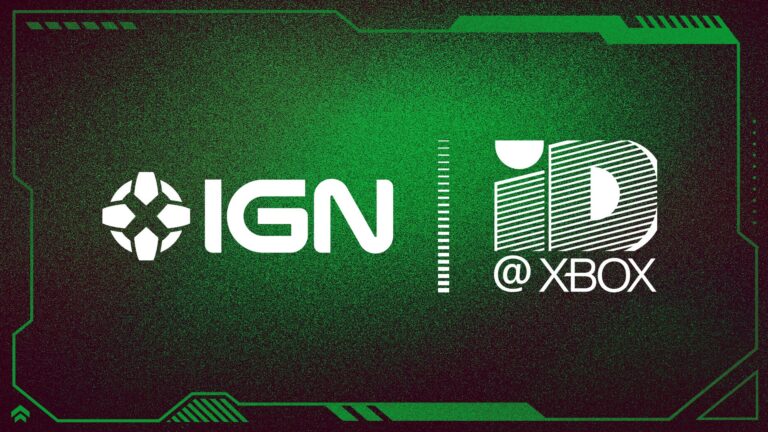With both next-gen consoles featuring customized SSD’s, the age of mechanical drives soon falls behind us. The standardization provided by the PlayStation 5 and Xbox Series X’s internal storage solutions will afford developers more freedom. The SSD is a bigger revolution for game design than the modern GPU’s and CPU’s powering these systems. Unfortunately, that leap may make ninth-gen one of the most expensive console generations to date.
SSD Specs Compared
The PlayStation 5’s internal storage eclipses Series X with a raw IO throughput of 5.5 GB/s and up to nine GB/s with compressed data. Xbox Series X’s SSD is slower, limited to a 2.4 GB/s raw throughput and 4.8GB/s for compressed assets. Despite the divide, both parties provide monumental leaps over current-gen systems.
On the high end of the current console spectrum, Xbox One X’s HDD caps at 120MB/s. With PS5’s SSD firing on all cylinders, its specifications suggest a 75 times speed boost over the current fastest in-built console HDD. This doesn’t account for its customized nature with its six priority tiers. Real world results may prove even faster. Series X’s drive, meanwhile, is about 40 times faster than Xbox One X.
SSD’s are a legitimate game changer. Faster load times are the least of their benefit. Higher read and write speeds combined with the faster and larger RAM pools allow game design to evolve. These systems will be able to handle more unique assets while consuming less resources. Artists and designers won’t need to contend with breaking levels into chunks separated by corridors to hide streaming. This unfettered freedom means more organic environments with more complexity. Imagine an immersive sim using the PS5’s SSD as the baseline.
The Potential Costs
SSD’s are the first hardware revolution since internal drives were introduced to consoles. There’s nothing wrong with excitement for this tech, but it’s best to keep expectations in check. Most casuals may be fine with out-of-the-box storage, but any hardcore gamer will want an immediate upgrade as Xbox Series X’s 1TB and PS5’s 825GB drives won’t fit the bill.
Assumptions can be made concerning the potential leap in file sizes, though, it may be a lesser jump than seventh to eighth-gen. They may even see a dip thanks to Series X’s Velocity Architecture and the PS5’s speed removing the need for keeping large assets in memory. Even if files shrink, most gamers will need extra storage, introducing ninth-gen’s priciest expenditure.
Expandable Storage Nightmare
Microsoft and Sony offer different expandable storage solutions. Microsoft’s console only accepts proprietary expansion cards made in collaboration with Seagate, whereas PS5 will allow third-party SSD’s. Unfortunately, Sony’s high-speed SSD exceeds any commercially available drive. Mark Cerny even asserted his doubts as to whether compatible SSD’s will launch in time for PS5.
It’s not enough for an SSD to meet a minimum speed requirement. It must also physically fit the internal shell. Assuming Sony doesn’t produce its own PS5 SSD’s for consumers, it’s as restrictive as Series X’s answer. Gamers may not be able to upgrade the PS5’s storage until weeks or months after launch.
Microsoft’s proprietary answer to this SSD standardization will be cheaper in the short term. Its slower speeds benefit the R&D required to manufacture such expansion cards. At less than half the PS5’s drive speeds, Microsoft’s expansion cards will balance out, providing competitive pricing for years.
It was Inevitable
In-the-know consumers would have foretold this conundrum the moment ninth-gen speculation began circulating online. Prior to official word, users theorized Microsoft and Sony’s next systems might come equipped with SSD’s. It seemed unlikely at the time, but as SSD prices continued to drop, that possibility turned into a probability.
This pre-official confirmation period illuminated multiple problems. There were two ways this transitional period could have gone awry. Provided both systems shipped with SSD’s, HDD’s were either compatible or they weren’t. If they were, that would inhibit developer freedom as their games would have to account for a player running off an external HDD. Games would still load and stream data faster at the expense of stunted creativity. Even if mechanical drives worked, game performance would see a larger variance than external versus internal drives on current consoles.
This hypothetical path gave consumers more options, but with a generation that saw console upgrades from both manufacturers, it could have been the smallest gen-on-gen leap to date with an unforetold level of inconsistency depending on the user’s drive. PS5 and Xbox Series X do support mechanical drives, though, only for older games. It’s the best possible compromise without inhibiting next-gen ambitions.
How Far Storage Has Come
The industry has dramatically evolved from the olden days of cartridge batteries holding game saves due to memory limitations. The first home console to use memory cards, the Neo Geo AES, utilized 2-8 kilobyte memory cards. Only five years later, Sony’s original PlayStation came packaged with 128 kilobyte memory cards, with Sony producing up to 1MB cards.
Meanwhile Sony and Nintendo still used memory cards the following gen with a 128 MB ceiling, the original Xbox came with 8 or 10 GB hard drives while still offering memory card support. Despite Microsoft’s forward-looking nature with its first console, its successor launched with two SKU’s. The cheaper core model didn’t include an HDD whereas the premium system came with a 20GB drive.
Sony’s internal storage stepped it up the following year with its cheaper $500 SKU matching the 360’s premium model, leaving 60GB of storage to the $600 model. This trounced on PlayStation 2 and GameCube’s memory situations, providing a more middling jump from the Xbox. This sixth to seventh-gen transition marked the trend moving forward—minimal storage jumps. By the end of that console cycle, both PS3 and Xbox 360 had up to 320GB SKU’s. PS4 and Xbox One launched with 500GB drives, a paltry increase compared to previous generations. The PS4 Pro and Xbox One X complicated this situation with their in-built 1TB HDD’s, which in Sony’s case, means a decrease from PS4 Pro to PS5’s storage.
The Silver Lining
Because of this stilted internal storage growth, prepare for a heavy next-gen investment—one that stings now but will ultimately pay dividends for a long-term shelf life.
No related posts.






